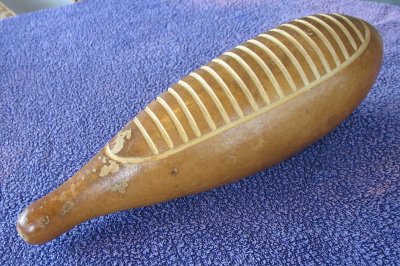Charanga
Dances
- Danzón – The quintessential Cuban ballroom dance, elegant and formal, often seen as the "national dance of Cuba."
- Danzonete – A sung variant of danzón that became popular in the 1920s–30s.
- Cha-cha-chá – Created in the 1950s by Enrique Jorrín while playing with a charanga; specifically designed for charanga orchestras.
- Pachanga – A playful dance and rhythm from the late 1950s/early 1960s, closely linked to charanga bands.
- Mambo (in its earlier Cuban form) – Before the big-band New York mambo, charangas also played early mambo-style danzones.
- Charanga is a Cuban ensemble style and musical tradition that dates back to the early 20th century. It became especially popular in the 1940s–50s and played a crucial role in the evolution of salsa, timba, and Latin jazz.
Key Features
-
Instrumentation
- Flute (typically wooden, later metal) – carries melodic lines and improvisations.
- Violins – play harmonized riffs, counter-melodies, and rhythmic patterns.
- Piano – provides guajeos (repeated ostinato figures).
- Bass – often acoustic upright, outlining the tumbao.
- Percussion – timbales, güiro, congas (later bongos sometimes).
- Vocals & coro – lead singer plus call-and-response backing vocals.
-
Sound
- Elegant, light, and melodic compared to heavier brass-driven Cuban conjunto and salsa.
- Violins create a chamber-like, almost classical texture blended with Afro-Cuban rhythms.
- Flute adds agility and brightness.
Historical Context
-
Origins:
Charanga ensembles evolved from the earlier orquesta típica, which featured brass instruments. The switch to flute and strings created a softer, more danceable sound. -
Golden era (1940s–1960s):
Bands like Orquesta Aragón (founded 1939, still active) and Fajardo y Sus Estrellas helped popularize charanga worldwide. -
Dance Connection:
Closely tied to Cuban dance crazes such as danzón, cha-cha-chá, and pachanga.
Legacy
- Influence on salsa: Many New York salsa bands (e.g., Eddie Palmieri, Johnny Pacheco) drew inspiration from charanga’s flute-and-strings format.
- Influence on timba: Later timba groups referenced charanga textures, occasionally bringing violins back into modern arrangements.
- Survival: Though not as mainstream today, charanga ensembles remain active, especially in Cuba, France, and New York.
Recommended Listening
- 🎶 Orquesta Aragón – El Bodeguero (classic cha-cha-cha)
- 🎶 José Fajardo y Sus Estrellas – La Pachanga
- 🎶 Charanga Habanera (early period) – a modernized take bridging timba and charanga roots

